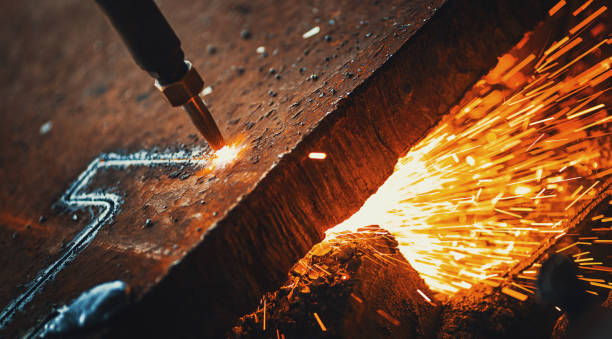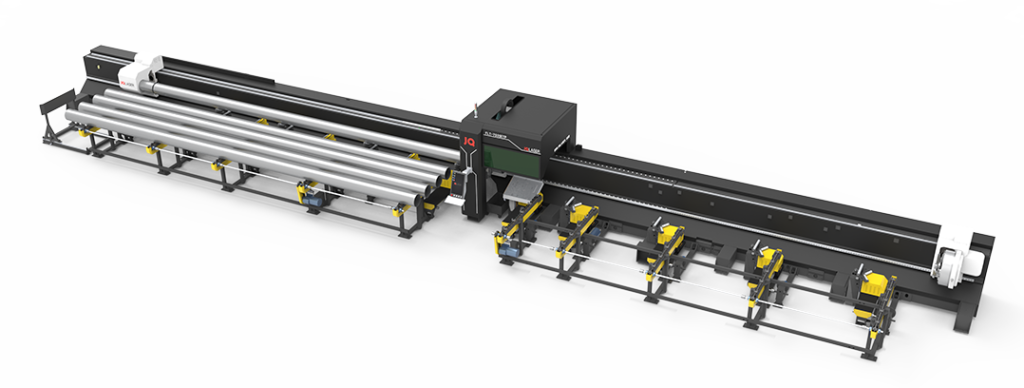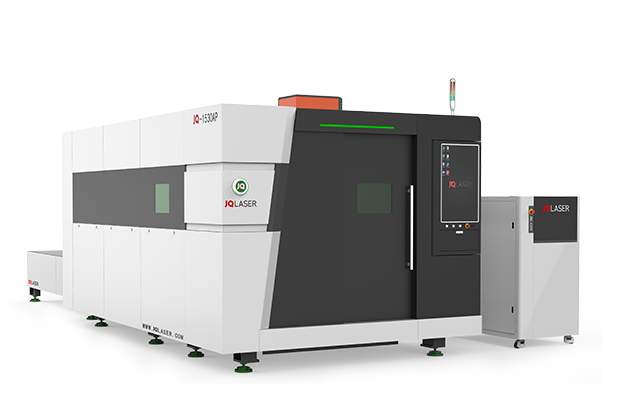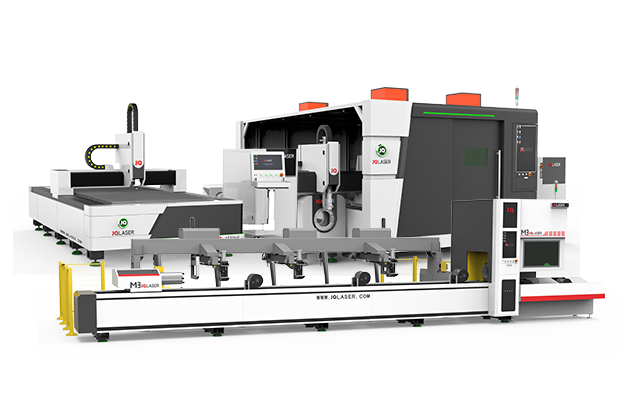In the world of metal fabrication, there are two main types of cutting processes: plasma cutting and laser cutting. Both have their own unique benefits and drawbacks, so it’s important to choose the right one for your project. Here’s a quick overview of each process to help you make a decision.
What is plasma cutting?

If you’ve ever seen a metalworker in action, chances are you’ve seen plasma cutting in action. Plasma cutting is a process that uses a high-velocity jet of ionized gas to cut through metal. The gas is highly conductive and can carry an electric arc.
Plasma cutting is used in a variety of applications, from construction to automotive repair. It’s a versatile tool that can cut through thick or thin metals with ease. Plasma cutting is also faster and more precise than other cutting methods, making it the preferred choice for many metalworkers.
What is laser cutting?
Laser cutting is a technology that uses a laser to cut materials, and is typically used for industrial manufacturing applications, but is also starting to be used by schools, small businesses, and hobbyists. Laser cutting works by directing the output of a high-power laser at the material to be cut. The material then either melts, burns, vaporizes, or is blown away by a jet of gas, leaving a clean edge.
The difference in working principle
Plasma cutting works by using a high-voltage arc to ionize a gas, which then creates a plasma jet. This jet is then used to cut through metal. Plasma cutting is fast and can be used on thicker materials than laser cutting. However, it can be less precise and produce more fumes and noise.
Laser cutting works by using a high-powered laser beam to melt, burn, or vaporize the material. This method is much more precise than plasma cutting, but it can only be used on thinner materials. Laser cutting also produces less fumes and noise than plasma cutting.
The difference in cutting material
Plasma:
-Thin metals: Plasma cutting is an effective way to cut through thin metals such as steel, aluminum, and copper.
-Thick metals: Plasma cutting can also be used to cut through thick metals. However, the thickness of the metal will determine the effectiveness of the plasma cutter.
-Non-metals: In some cases, plasma cutting can be used to cut through non-metallic materials such as plastics and ceramics.
Laser:
Laser cutting can also be used to cut a variety of materials, including metals, plastics, glass, and wood.
The difference in application
Plasma cutting is a process that uses a plasma torch to cut through conductive materials. The process is often used to cut metals, but can also be used to cut other materials, such as glass and plastics. Plasma cutting is a fast and efficient way to cut materials and can be used to create complex shapes and designs. Laser cutting is a technology that uses a laser to cut materials, and is typically used for industrial manufacturing applications, but is also starting to be used by schools, small businesses, and hobbyists. Laser cutting works by directing the output of a high-power laser at the material to be cut. The material then either melts, burns, vaporizes, or is blown away by the laser beam, leaving a clean edge.
The difference in cost
Laser cutting is typically more expensive than plasma cutting for small-scale production runs. This is because laser cutting machines are more expensive to purchase and maintain than plasma cutters. Laser cutting also requires special ventilation and filtration systems to remove fumes and debris, which can add to the overall cost.
However, laser cutting can be more cost-effective for large-scale production runs. This is because laser cutters can operate at much higher speeds than plasma cutters, meaning that more parts can be produced in a shorter period of time.
The difference in cutting effect
Plasma cutting is generally faster than laser cutting, but laser cutting can produce a finer finish. Plasma cutting also produces more heat than laser cutting, which can be an issue when working with sensitive materials. Laser cutting is more precise than plasma cutting, and can be used to cut thinner materials. However, laser cutting is slower than plasma cutting, and is more expensive. Plasma cutting is faster than laser cutting and can be used to cut thicker materials.
Things to consider when choosing a method for cutting
When choosing a method for cutting, there are many factors to consider. The two most common methods are plasma cutting and laser cutting. Here are some things to keep in mind when deciding which method is right for you: If you want a faster method -Plasma cutting is typically faster and more efficient than laser cutting. If you want a precise mothod-Laser cutting offers a more precise cut, which is important for intricate designs. It depends on the thickness you want to cut -Plasma cutting can be used on a variety of materials, while laser cutting is best suited for thinner materials. For safety reasons-Plasma cutting produces more heat than laser cutting, so it can be less comfortable for the operator. For cost -Laser cutting is generally more expensive than plasma cutting. Ultimately, the best method for you will depend on your specific needs and preferences. Consider all of these factors before making your decision to ensure that you choose the best possible option for your project.





